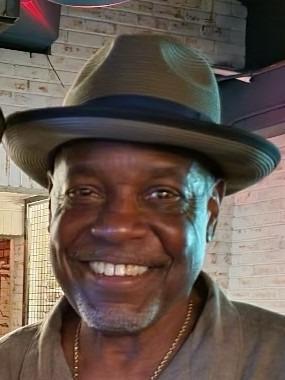 |
|
 |
|
 |
|
 |
|
 |
|
 |
|

Exploring the Possibilities of Expanding Our Reach in Membership, Service & Conflict Resolution Through Diversity, Equity & Inclusion
By PDG Barb Feder, District 5495 DEI Chair
One thing we have learned over the past year is that DEI has become a hot topic with all sorts of controversy attached.
Those of you who know me soon become aware that I wear my rose-colored glasses when it comes to all things Rotary.
It seems to me that Rotary is the perfect stage for DEI. We are an international organization so by our nature we are diversified; we proclaim truth and fairness for all and have been known as the great equalizer for both our members and those we serve.
These things are self-evident when we look at the overview of the international organization. But when we view many of our clubs, we see that diversity and inclusion are not as defined as they could be.
Here is our opportunity to look at all the types of diversity available to us to enable our clubs to grow in qualified members, effective service projects and impact those communities we have not been able to reach.
This is not a mandate from on high. Each club should determine how DEI can best be implemented. If you and your club are happy with your current membership, no one is going to force DEI on you -- BUT if you want to grow in numbers and service, I urge you to consider mirroring the makeup of your community so you have among your members those who are familiar with community leaders you have not been able to reach.
In the next months I will be submitting articles of the various types of diverse groups you may wish to consider for your club.
We’ll start out with Vocational Diversity. Rotary has always recommended clubs have members representing all businesses and professionals within their locations. When was the last time your club looked at its membership make-up compared to those professions (especially the new ones) in your community?
When was the last time your club had a membership drive or club open house? When was the last time YOU brought a guest to a meeting (Zoom works) or a service project? Now that meetings have opened up a bit, this is a great time to make that invitation!
We have a District 5495 Task Force that has been assigned groups of clubs. Your Task Force Coordinator will be in touch to discuss your thoughts and needs.
Past District Governor Barb Feder can be reached at barbfeder@gmail.com and can assist your club with learning more about the value of DEI.